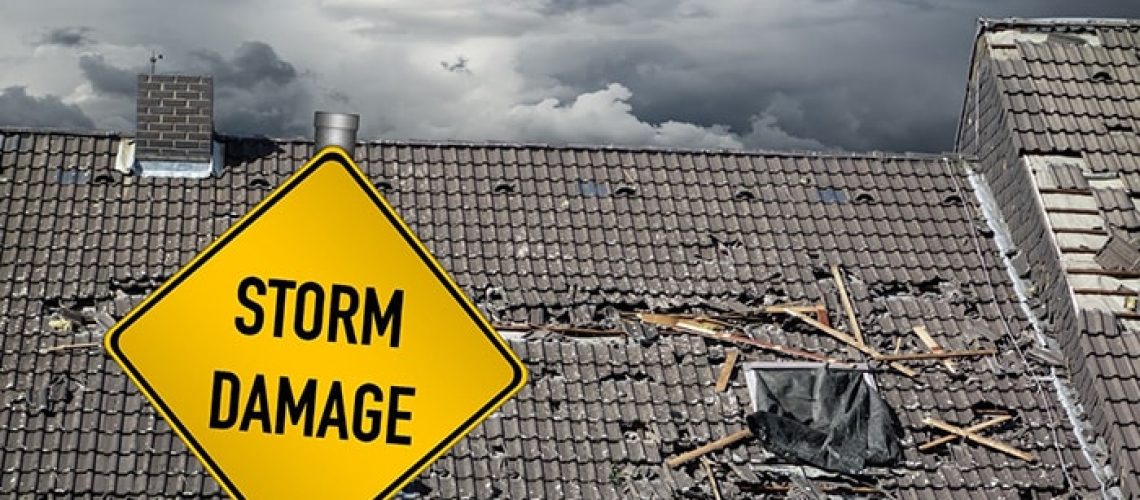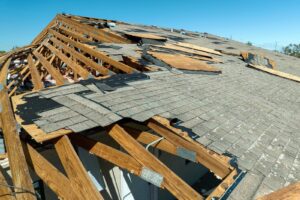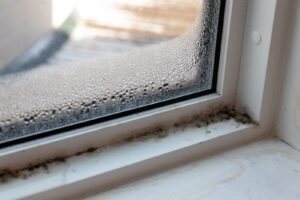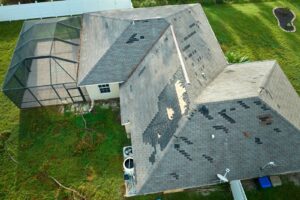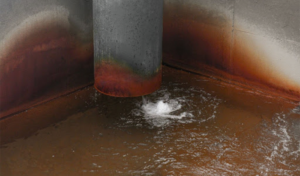When a storm rolls out, leaving behind a trail of destruction, the daunting task of restoration can feel overwhelming. From shattered windows and waterlogged living rooms to the more subtle, unseen damages that lurk beneath the surface, the aftermath of a storm tests the resolve of even the most seasoned homeowners.
But here’s the silver lining: restoring your home post-storm is a manageable endeavor with the right approach and a sprinkle of determination. This blog offers four practical, straightforward tips to navigate the maze of storm restoration.
Whether you’re dealing with minor damages or facing major repairs, these tips will equip you with the knowledge and confidence to take control of the situation, make informed decisions, and steer your home back to its pre-storm glory.
So, grab a notebook, take a deep breath, and let’s embark on this recovery mission together.
Assessing the damage
Step 1: Safety first
Before you begin inspecting your home for damage, it’s important to prioritize safety. Stay away from downed power lines and be cautious of any potential hazards, such as broken glass or unstable structures. If you’re unsure about the safety of your home, it’s best to wait for professional help to arrive.
Step 2: Exterior assessment
Start by stepping outside and taking a careful look at the exterior of your home. Check for any visible damage to the roof, windows, siding, or gutters. Look out for missing shingles, cracked windows, or dented gutters.
Take pictures or make notes of the damage to assist with insurance claims later on. If you notice any significant structural damage, it’s essential to contact a professional for an expert evaluation.
Step 3: Interior evaluation
After inspecting the exterior, it’s time to move indoors and assess the damage inside your home. Start by checking for any signs of leaks, water damage, or moisture on ceilings, walls, or floors. Use a flashlight to examine the attic for signs of leaks or water intrusion. Look for cracks in the walls, sagging ceilings, or bulging drywall, as these may indicate structural issues.
Also, check your electrical systems and appliances for any signs of damage or malfunction. If you notice anything unusual, having a professional electrician assess the situation is best.
Step 4: Clearing debris
Once you have documented the damage, focus on clearing debris from your property. Remove fallen branches, leaves, and other storm-related debris from your lawn and driveway.
If there are large fallen trees, it is recommended to seek professional assistance to ensure safe removal. Clearing debris will make your property safer and create space for restoration work.
Step 5: Professional assessment
After completing the initial assessment and taking necessary emergency repair measures, contact a reputable restoration company or contractor for a professional evaluation.
Their expertise will help determine the extent of the damage and provide guidance on necessary repairs. They can also help you navigate the insurance claims process, ensuring you receive fair compensation for the storm damage.

Document the damage
Before you roll up your sleeves and get to work on the storm restoration, there’s an important step you should always pay attention to — documenting the damage.
By creating a detailed record of the destruction caused by the storm, you provide evidence for insurance purposes and ensure that no damage goes unnoticed or gets overlooked during the restoration process.
Begin by capturing wide shots of the overall damage, focusing on each affected area from different angles. These pictures will give you a comprehensive view of the destruction, making it easier to explain the situation to your insurance company or storm restoration professionals.
Now that you’ve obtained the wide shots, it’s time to zoom in and get as detailed as possible. Take close-up photos of each damaged item or area, highlighting any visible cracks, dents, or structural compromises.
Don’t forget to include any personal possessions that were affected, such as furniture, electronics, or valuable heirlooms. When taking pictures, make sure they are clear and well-lit, capturing the true extent of the damage. Remember, visual evidence speaks louder than words.
In addition to photographs, it’s a smart idea to record videos of the damage. This will provide an even clearer understanding of the situation, as videos capture the still images and the overall condition of your home.
Walk through each room, showcasing the destruction from different angles and narrating the damage you observe. By documenting your home’s condition through videos, you can ensure that nothing is overlooked during the restoration process.
While photographs and videos are essential, they alone may not be sufficient for insurance purposes. It’s crucial to also take detailed written notes about the damage. As you document, describe the impacts of the storm on each item or area, noting the specific damage, its severity, and any hazards it may pose.
For example, if a window is shattered, make sure to note whether it’s a crack or completely broken, as this information greatly affects the restoration process. The more specific and detailed your notes are, the better equipped you’ll be when discussing the damage with your insurance company or restoration professionals.

Contact your insurance company
After a storm wreaks havoc on your home, one of the essential steps in the restoration process is contacting your insurance company. They are there to help you every step of the way, providing guidance and financial support to get your home back to its pre-storm condition. Here are a few tips on how to effectively communicate with your insurance company.
First and foremost, it is crucial to contact your insurance company as soon as possible after the storm. Time is of the essence, and the sooner you report the damage, the quicker the claims process can begin. Most insurance policies have time limits on when you can file a claim, so don’t delay.
When you contact your insurance company, have all your policy information on hand, such as your policy number and contact information. This will allow them to access your account quickly and efficiently. It is also a good idea to take notes during your conversation and keep track of the date and time you spoke to them. This information may come in handy later.
When speaking to your insurance company representative, describe the damage to your home in detail. Provide specifics about what areas were affected, and if possible, provide photographic evidence to support your claims. Be honest and accurate in your description, making sure not to overstate or understate the damage. This will ensure a fair assessment and help expedite the claims process.
During your conversation, don’t hesitate to ask questions. You have the right to understand the claims process and your coverage. Ask about any deductibles that may apply and what expenses will be covered. It is essential to have a clear understanding of your policy, as this will help you make informed decisions regarding the restoration of your home.
Keep in mind that your insurance company may send an adjuster to assess the damage firsthand. This person will evaluate the extent of the damage, take photographs, and write a detailed report. Cooperate fully with the adjuster, providing access to all areas of your home that were affected. This will help ensure an accurate assessment, which is crucial for receiving proper compensation.
Address water damage promptly
Water damage is a common issue homeowners face after a storm. It may seem like a small problem at first, but if left untreated, water damage leads to mold growth, structural issues, and costly repairs.
Start by using a mop or towels to absorb as much standing water as you can. If you have access to a wet/dry vacuum, that will be very helpful in sucking up the remaining water. Remember to be careful when handling electrical equipment in wet areas.
To prevent further damage, it is important to dry out your home as soon as possible. Open windows and doors to increase ventilation and let fresh air circulate. You can also use fans and dehumidifiers to expedite the drying process. It may take several days for everything to dry completely, so be patient and continue the drying efforts until everything is back to normal.
One often overlooked step in addressing water damage is to remove wet carpets and rugs. Even if they may seem salvageable, wet carpets quickly become a breeding ground for mold and bacteria. It is best to remove and dispose of them to prevent further damage to your home and potential health hazards.
In addition to the visible water damage, don’t forget to check for hidden water infiltration. Inspect your walls, ceilings, and floors for any signs of dampness or discoloration. Use a moisture meter, if available, to determine the extent of water damage in hidden areas. This will help you identify any potential areas that need immediate attention.
If you discover any items or materials that have been damaged beyond repair, it is best to remove and replace them. Mold quickly spreads and causes further damage to your home and your health.
Restoremasters
Feeling overwhelmed by the restoration journey ahead? Don’t go it alone. Restoremasters is here to lend a helping hand, turning the daunting task of post-storm recovery into a manageable, hassle-free process.
With a team of seasoned experts ready to tackle everything from minor repairs to major renovations, we’ll ensure your home bounces back stronger and more resilient.
So, why wait? Reach out to Restoremasters today, and let’s turn the page on this chapter, together. Your home deserves the best care, and with Restoremasters, you’re always in good hands.

